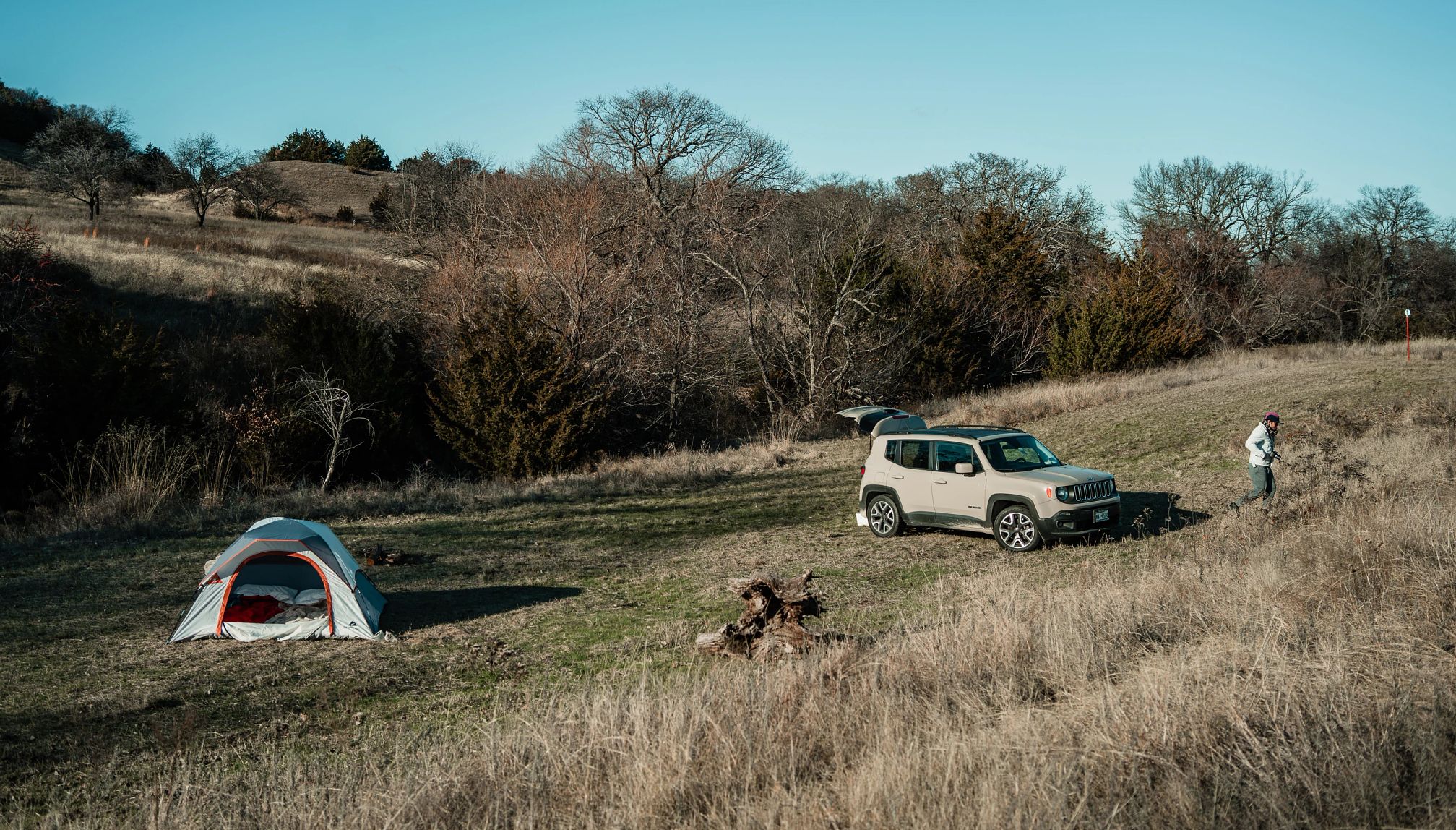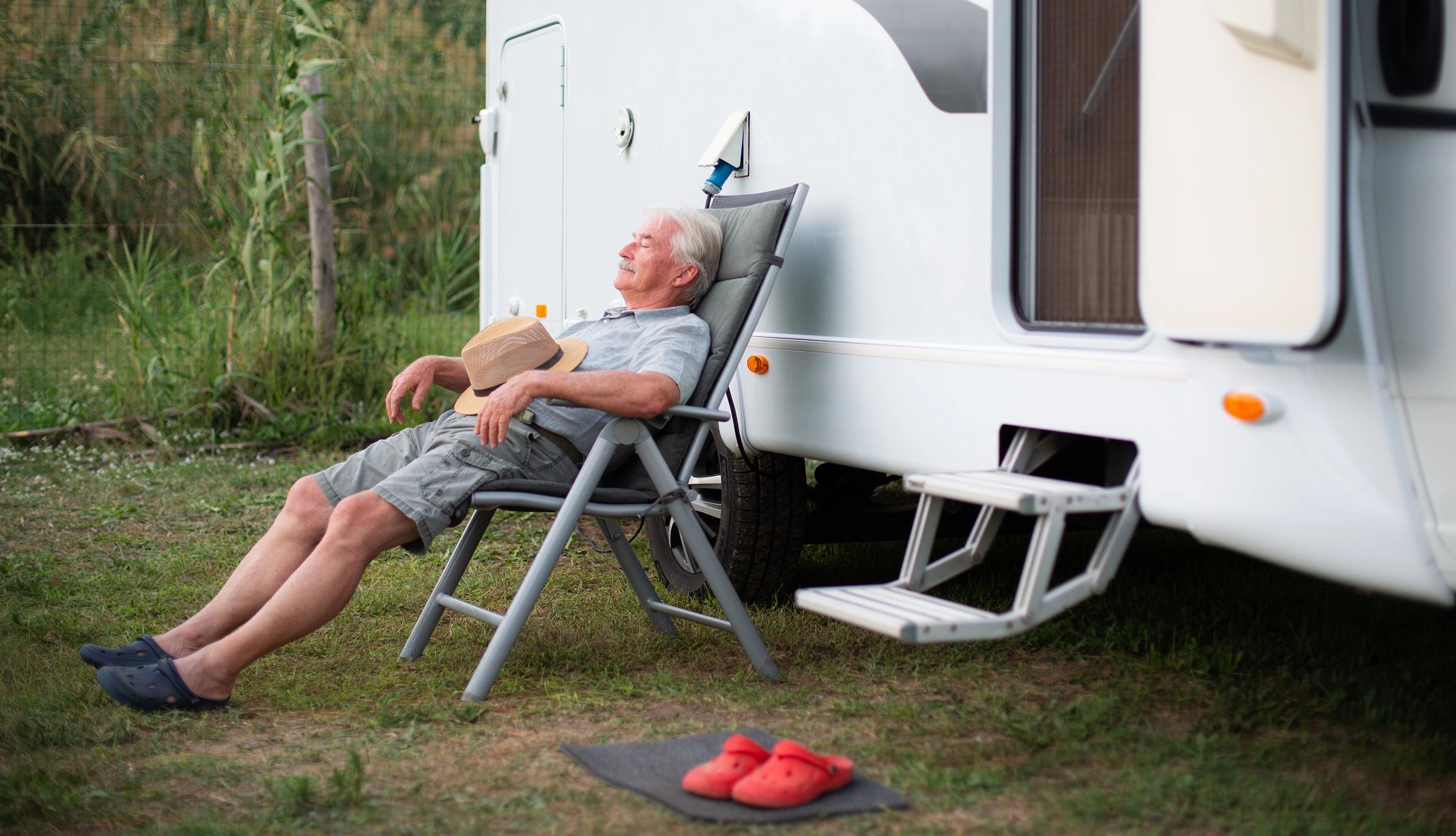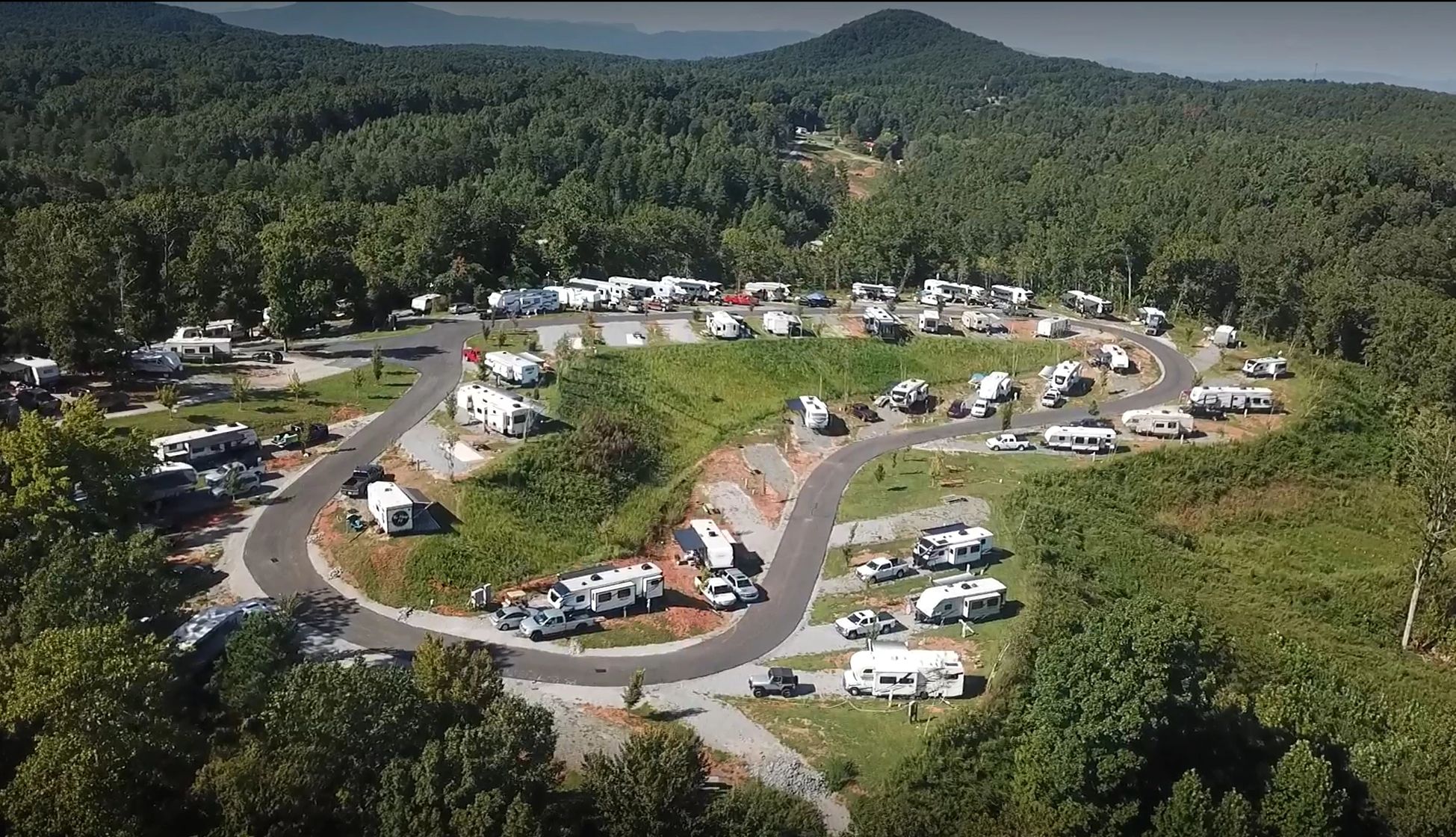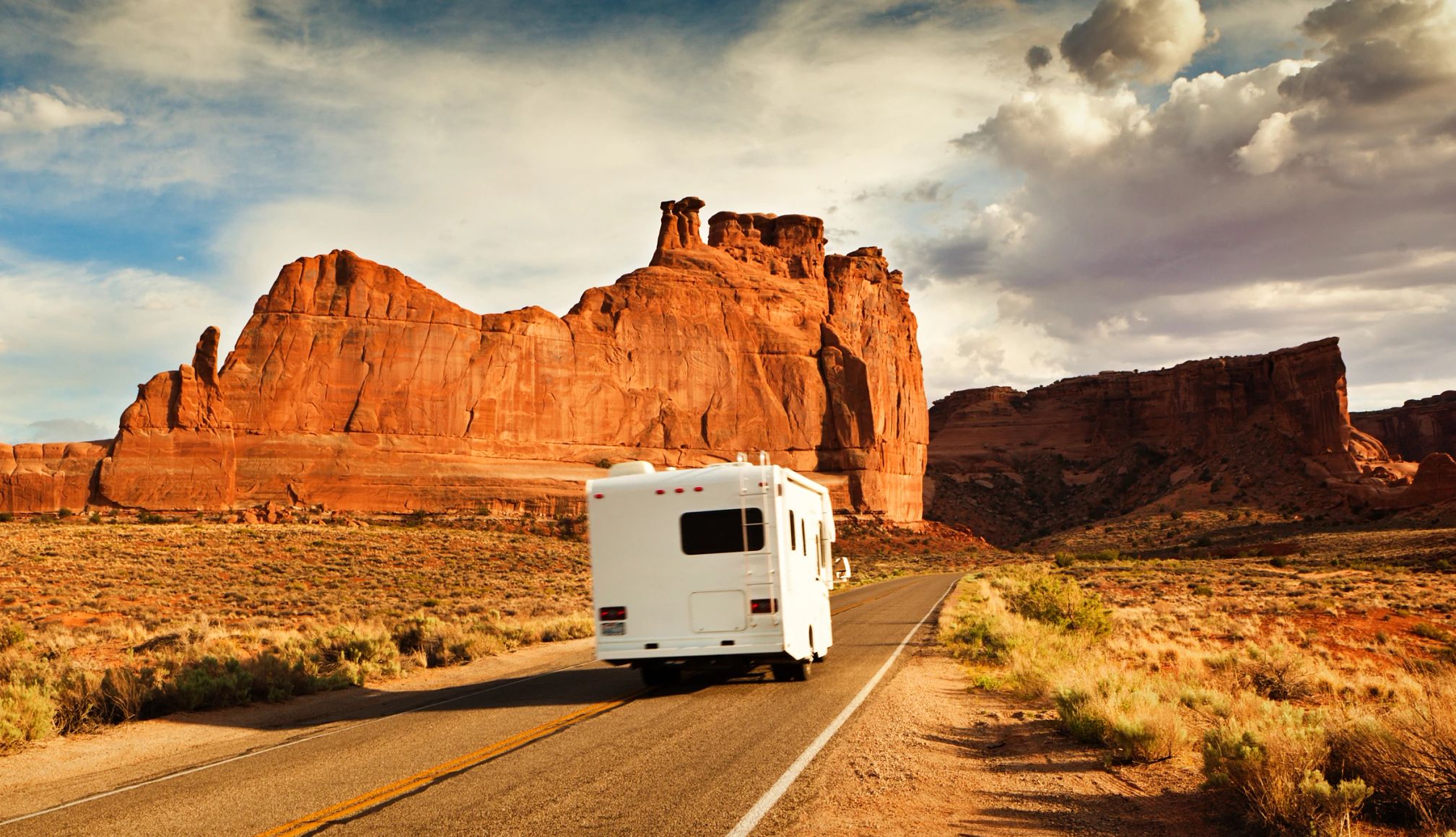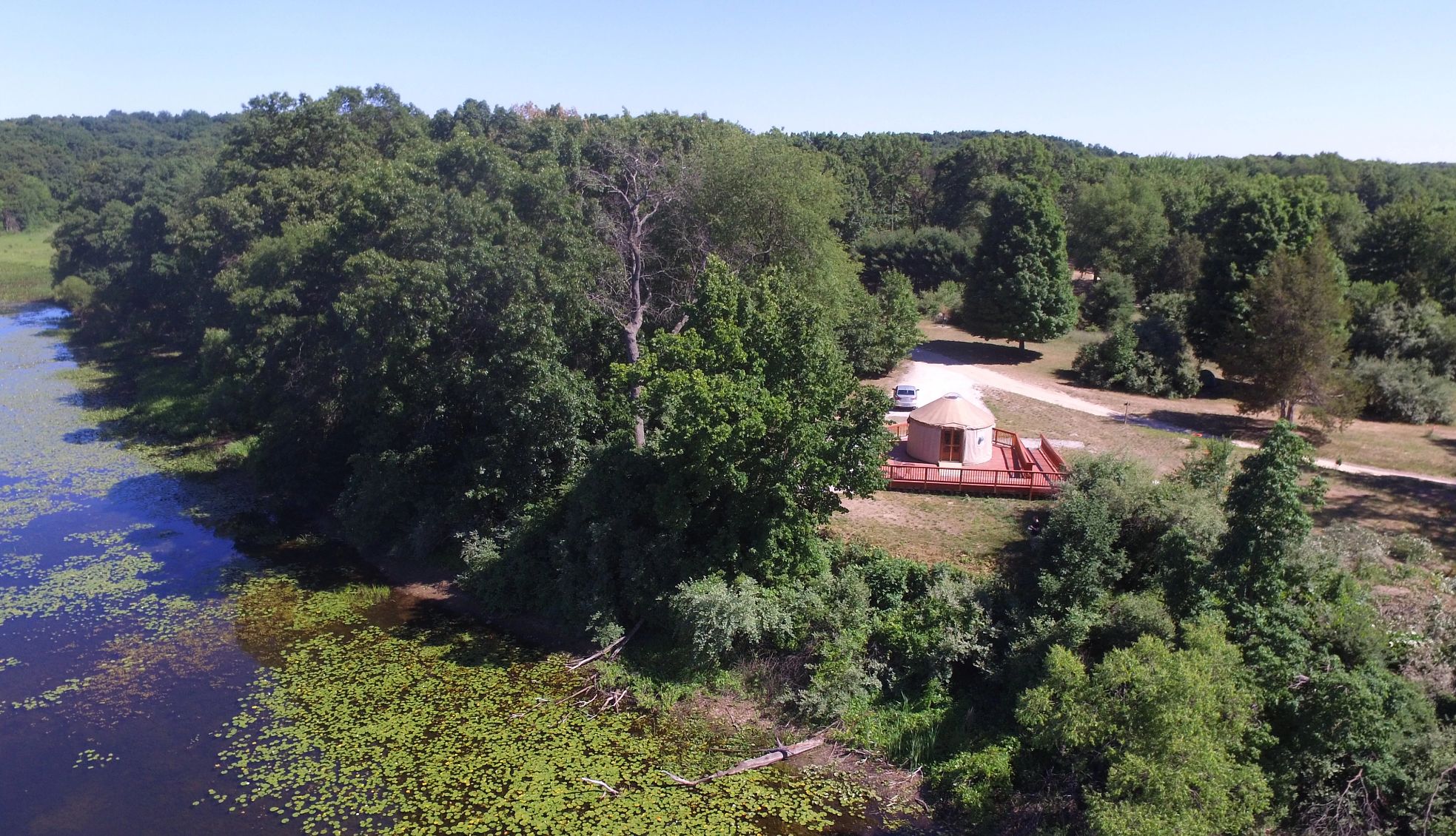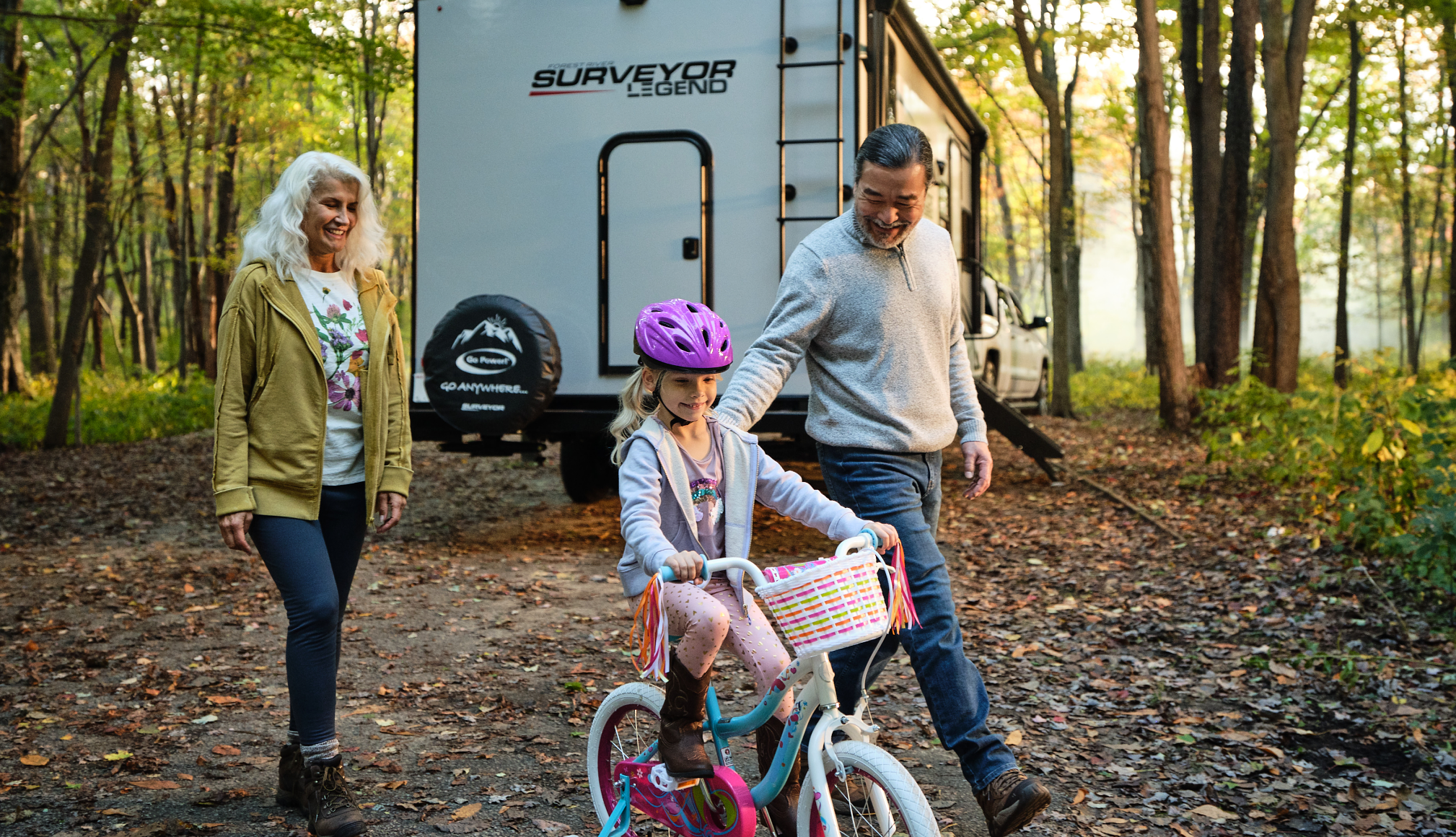AARP Hearing Center
Albuquerque, New Mexico, couple Debbie and Max Kush had never considered RVing until a group of friends invited them on a camping trip in fall 2022. As a retired military officer, Max, 71, could rent an RV for the trip from the Kirtland Air Force Base for under $200.
The available units were well-maintained, he says, but they showed some wear. Debbie noticed bloodstains on the couch, for instance, probably from hunters who often rent the travel trailers. And the bed was little more than a thin mattress on plywood.
“It was a bit used, to put it mildly,” says Debbie, 66, of their Forest River R-POD, a travel trailer model known for its compact, lightweight design. “But my husband was hooked. So, two months later, we sold our Cadillac Escalade and bought a Class C RV.”
Thirty-one percent of boomers and 56 percent of Generation X plan to road trip or vacation in an RV in 2024, according to RVshare’s 2024 travel trend report. RVshare, considered the largest RV rental site in the United States with more than 100,000 listings, also finds 49 percent of travelers are choosing quieter travels with friends and families away from crowds compared to last year, an apt description of RVing.
For newcomers like the Kushes, renting an RV is an invaluable way to gain experience and gauge preferences, says Gillian Luce, assistant vice president of recreational brand marketing for RV Trader, an online classifieds site for buying and selling new and used recreational vehicles.
“While online research is helpful, nothing compares to the insights gained from real-life driving and living in an RV,” she says. “You may discover you don’t enjoy driving a big rig, or you may find out you have nothing to fear and want to go bigger!”
Here are five tips to help start your RV adventures:



























































